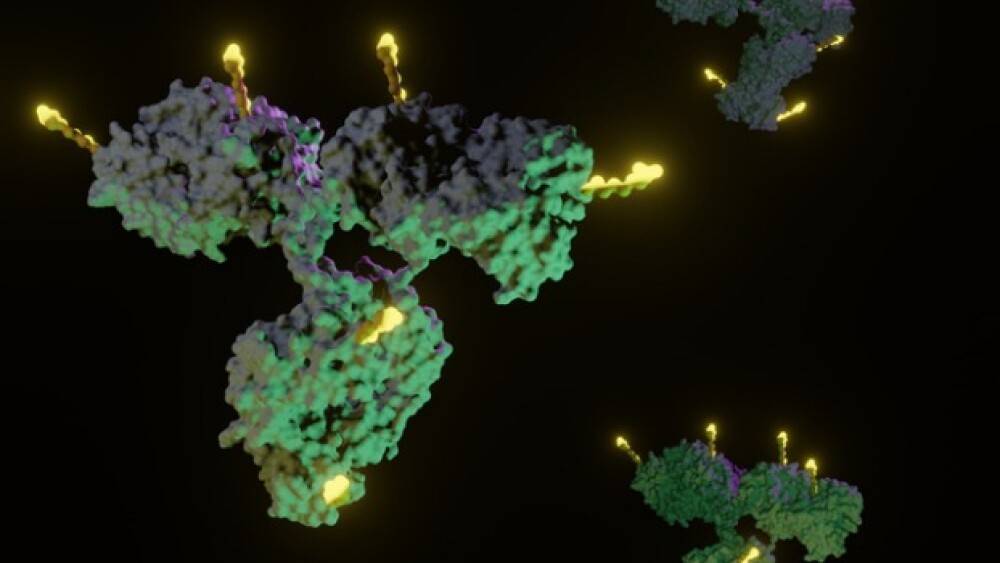Researchers at the Pacific Northwest Research Institute (PNRI) and collaborating institutions have made a groundbreaking discovery that could significantly advance our understanding of genomic disorders.
| PNRI’s Landmark Study Reveals DNA Rearrangement’s Role in Genetic Disorders, Paving Way for New Treatments SEATTLE, June 21, 2024 /PRNewswire/ -- Researchers at the Pacific Northwest Research Institute (PNRI) and collaborating institutions have made a groundbreaking discovery that could significantly advance our understanding of genomic disorders. Their latest study, funded by the National Institutes of Health1 and published in Cell Genomics, reveals how specific DNA rearrangements called inverted triplications contribute to the development of various genetic diseases. Understanding the Study Genomic disorders occur when there are changes or mutations in DNA that disrupt normal biological functions. These can lead to a range of health issues, including developmental delays and neurological problems. One type of complex DNA mutation involves a structure known as a duplication-triplication/inversion-duplication (DUP-TRP/INV-DUP). This study examines how these complex rearrangements form and their impact on human health. Key Findings The research team, led by PNRI Assistant Investigator Cláudia Carvalho, Ph.D., collaborated with lead author Christopher Grochowski, Ph.D., from the James R. Lupski Lab at Baylor College of Medicine, and other scientists to analyze the DNA of 24 individuals with inverted triplications. They discovered that these rearrangements are caused by segments of DNA switching templates during the repair process. Normally, DNA repair mechanisms use the undamaged complementary strand as a template to accurately repair the damaged DNA. However, sometimes during repair, the repair machinery may inadvertently switch to a different but similar sequence elsewhere in the genome. These switches occur within pairs of inverted repeats—mirror-image DNA sections that confuse the repair machinery. This can lead to using the wrong template, disrupting gene function and contributing to genetic disorders.
Dr. Carvalho and Baylor scientists first observed this pathogenic genomic structure in 2011 while studying MECP2 duplication syndrome. Only recently, with the advent of long-read sequencing technology, has it become possible to investigate in detail how it forms in the genome. Implications for Medical Research and Treatment “This study sheds light on the intricate mechanisms driving genetic rearrangements and their profound impact on rare diseases,” said Dr. Cláudia Carvalho, PNRI’s lead scientist on the study. “By unraveling these complex DNA structures, we open new avenues for understanding the genetic causes of rare diseases and developing targeted treatments to improve patient outcomes.” About PNRI: 1 Research reported in this press release was supported in part by National Institute of General Medical Sciences of the National Institutes of Health under award number R01132589.
SOURCE Pacific Northwest Research Institute |






